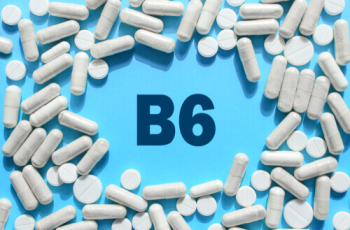
Hemochromatosis can be caused by an excess of iron. Iron overload is a condition that occurs over a long period of time.
Iron is important in the formation of red cells, which is why low levels of iron cause anemia. However, there can be too much iron. Too much iron can damage many organs, including the liver, joints, pancreas, and heart.
This condition is more common in people of white skin with northern European roots. This is also common in Celtic-speaking countries (Ireland Scotland and Wales).
The symptoms usually begin between 30 and 60 years old and include fatigue, joint pain, irregular menstruation (for women), erectile dysfunction (for men), and others.
The bad news is there is no cure and no way to “get rid” of hemochromatosis. There are ways to manage symptoms and reduce iron levels in the body. This post will examine 10 options that you can consider if this condition is affecting you.
1. Phlebotomy
The treatment for hemochromatosis is called phlebotomy. It involves the removal of blood.
Women on their period will often experience excessive blood loss, which can lead to low iron and the symptoms of fatigue, pallor, and other conditions. This is the reason many women are advised to take iron supplements during this period.
Phlebotomy involves removing blood to remove iron. A needle is used to extract a small amount (usually 500ml or just under one pint) of blood. It’s not much, but can have a big impact on how you feel.
After a period of about a year, you’ll switch to maintenance (removing less blood – once every two or three months).




